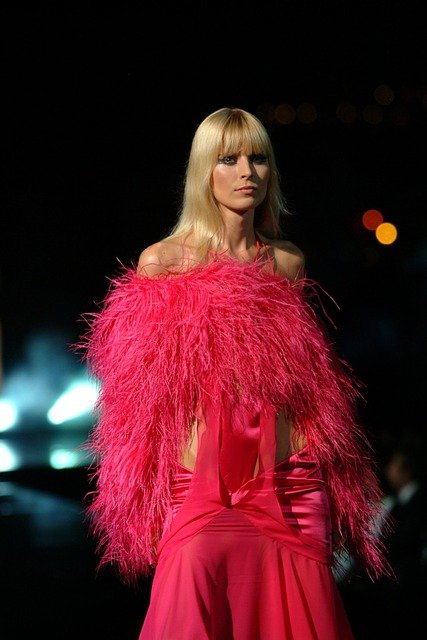**"The Evolution of Streetwear: From Subculture to High Fashion"** In this post,

The Evolution of Streetwear: From Subculture to High Fashion
Streetwear has come a long way since its humble beginnings in the late 1970s and early 1980s. What started as a niche subculture rooted in skate and hip-hop culture has evolved into a global fashion phenomenon that transcends boundaries and influences high fashion. Let's take a closer look at the journey of streetwear and how it transformed into a staple of contemporary style.
The Roots of Streetwear
Streetwear originated in the urban landscapes of cities like New York and Los Angeles, where young people expressed their identities through unique styles. Influenced by skateboarding, graffiti, and hip-hop, early streetwear brands like Stüssy and Supreme emerged, offering casual, comfortable clothing that resonated with the youth. The aesthetic was raw and authentic, often featuring bold graphics, oversized silhouettes, and a DIY ethos.
The Rise of Streetwear Brands
As the 1990s rolled in, streetwear began to gain traction beyond its subcultural roots. Brands like A Bathing Ape (BAPE) and Neighborhood brought a new level of sophistication to streetwear, incorporating high-quality materials and innovative designs. This era marked the beginning of collaborations between streetwear brands and high-end designers, blurring the lines between street style and luxury fashion.
The Hypebeast Culture
The 2000s saw the rise of the "hypebeast" culture, where limited-edition drops and exclusive collaborations drove consumer demand to new heights. Sneakers became a focal point of streetwear, with brands like Nike and Adidas partnering with designers and celebrities to create coveted pieces. The use of social media platforms like Instagram and TikTok further fueled this frenzy, allowing fans to showcase their collections and connect with like-minded individuals.
Streetwear Meets High Fashion
By the 2010s, streetwear had firmly established itself in the realm of high fashion. Designers like Virgil Abloh of Off-White and Demna Gvasalia of Balenciaga brought streetwear aesthetics to the runway, challenging traditional notions of luxury. High-profile collaborations, such as Louis Vuitton's partnership with Supreme, signified the acceptance of streetwear in the high-fashion world, proving that casual styles could coexist with haute couture.
The Current Landscape
Today, streetwear continues to evolve, with a focus on sustainability, inclusivity, and diversity. Brands are experimenting with innovative materials and ethical production methods, appealing to a socially conscious consumer base. The rise of gender-neutral clothing and the blending of styles further emphasize the fluid nature of streetwear, making it accessible to everyone.
Conclusion
The evolution of streetwear from a subculture to a high-fashion staple reflects the changing dynamics of the fashion industry. It has become a powerful vehicle for self-expression and cultural commentary, allowing individuals to showcase their unique identities. As we look to the future, streetwear will undoubtedly continue to shape the fashion landscape, inspiring new generations to embrace their individuality through style.
What are your thoughts on the evolution of streetwear? Have you embraced this trend in your wardrobe? Share your experiences in the comments below!
